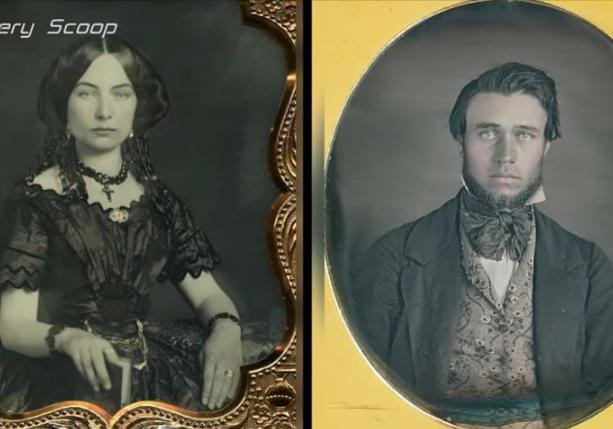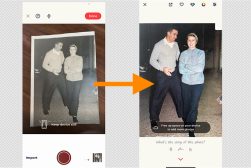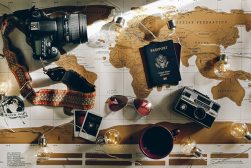
These AI-Restored Photos of 19th Century Portraits are Impressive
News | By Stephan Jukic | October 24, 2022
AI rendering of photos has been covered extensively in the media by many sites in recent months. Behind that hype, however, the results of many machine-generated images have been all over the map.
AI programs can indeed generate impressive visuals, but many of their attempts to create photos based on text prompts are distinctly unusual, to say the least. As we ourselves previously demonstrated in our own experiments, the details in these images can be nothing less than bizarre.
Despite this, the technology is constantly improving and one area where AI has really shone is with nearly-automated photo restoration.
We already covered one example of this with a free program called GFP-GAN, which can restore and colorize old or damaged photos in just seconds. Other, commercial software examples also exist.
Others on the internet have also played with similar technologies to achieve their own fascinating results. Among these are the historical photos that have been restored and colorized by the Instagram and YouTube pages of Mystery Scoop.
A video posted to their YouTube page shows how the team behind this effort has added both color and movement to a number of 19th-century portraits.
Some of these are of famous faces such as Abraham Lincoln, while others are of lesser-known people. In all the demonstrated cases, the results that Mystery Scoop shares are pretty impressive.
As the voiceover in the YouTube video explains, “After receiving such good feedback on two of our earlier videos on Victorian portraits, we wanted to bring you something even more unique today. We’ve gathered a collection of 19th-century portraits that appear to come to life as they glide across your screen.”
According to mystery Scoop’s creators, their portrait selections were passed through a “quick restoration, colorization, and some facial motion.” by using some of today’s latest AI technology tools.
The images generated have not only been cleaned up and animated with pretty strong realism, but they also show off just how well AI can work when it’s being applied to the much more mundane task of improving existing human-created photos instead of generating its own simulacra from scratch.
One particularly striking restoration shows a famous portrait of 19th-century U.S Civil War President Abraham Lincoln in which the historic leader is smiling for the camera. In the original version of this photo, he was stone-faced in typical 19th-century style.
The smile is rather compelling in its realism, though the restored eyes seem a bit off.


Image source: Mystery Scoop Instagram feed
Another very notable 19th-century portrait example that the Mystery Loop team brought back to vivid life was the first selfie photo ever taken by photography pioneer Robert Cornelius all that way back in 1839, over 180 years ago.
Cornelius created his selfie with daguerreotype technology just a few months following its invention, after having learned of the medium through a client who hired him to produce a silver plate for their own work with the technique.

By making his photo and adding innovations that simplified the daguerreotype process, he managed to demonstrate that it could effectively be used for portraiture. This then led him to open the first photographic studio in the United States.
There are many other examples on the Mystery Loop Instagram and YouTube pages and they’re worth a good scroll.
Obviously, the work presented by these re-creators involves more than just a quick AI fix. As they themselves mention, “It was a labor of love” that likely meant a fair bit of completely human tweaking too. Despite this, the underlying AI assistance is worth keeping in mind.
Most of the portraits that they edited are old daguerreotypes and tintypes. Both of these photographic techniques were widely used for portraiture and scenery shots during the early days of the medium over 150 years ago.
Both techniques could also create remarkably detailed, sharp images in large format despite how cumbersome they were compared to modern photography. This clarity likely made such portraits easier to modify with modern AI too.

Check out these 8 essential tools to help you succeed as a professional photographer.
Includes limited-time discounts.













